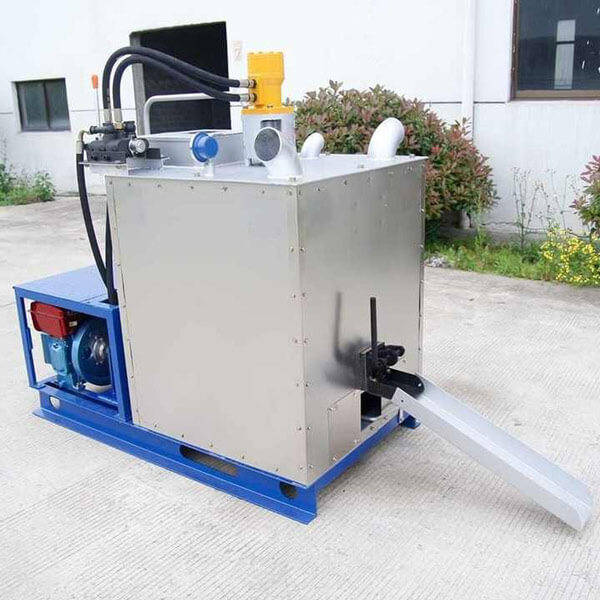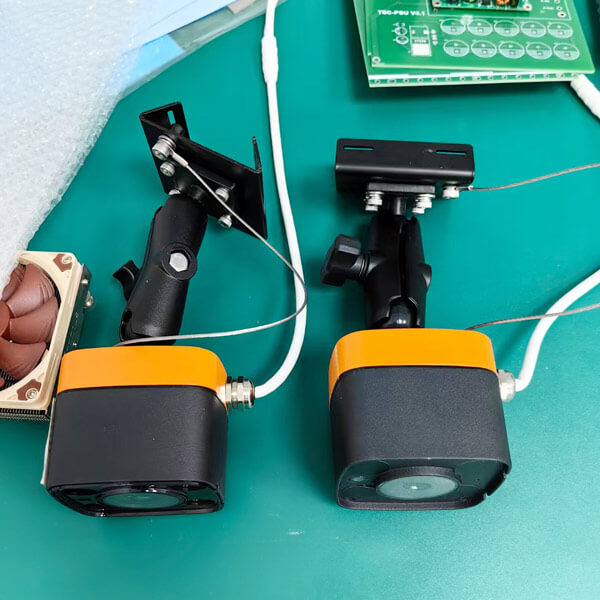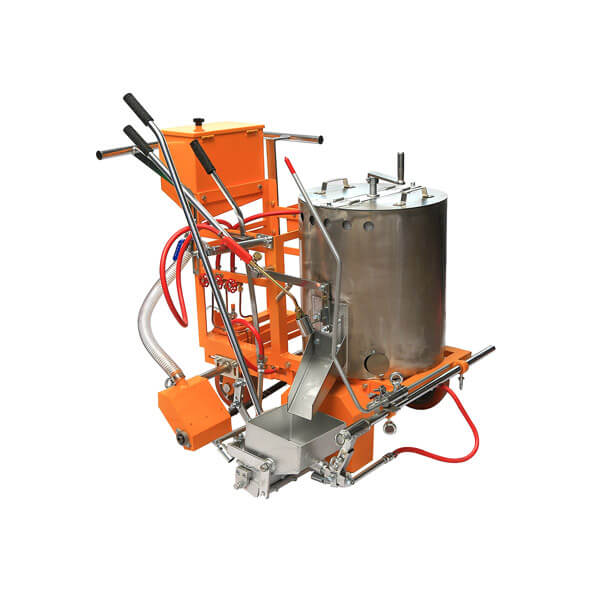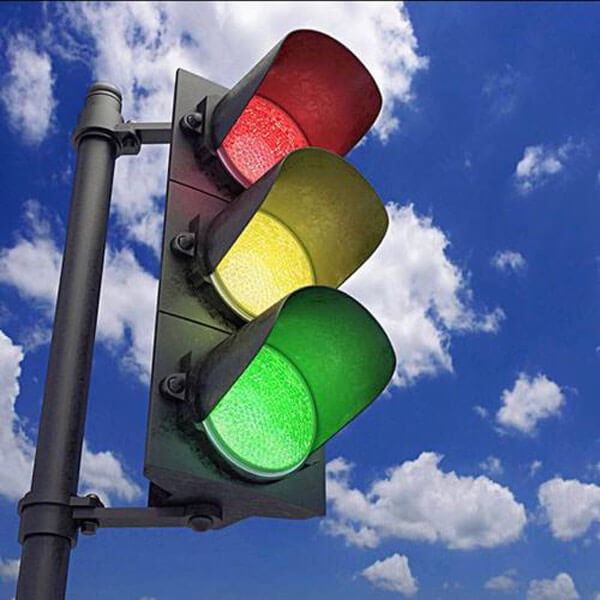Technical Specifications for Thermoplastic Road Marking Application
I. Preparation before construction
Equipment Calibration
- Verify the accuracy of the thermoplastic kettle’s heating system (±5°C precision).
- Calibrate the striping vehicle’s dispensing unit, ensuring bead spread uniformity within ±3% variance.
- Check gas system for airtightness; maintain pressure between 0.6–0.8 MPa.
Material Conditioning
- Grind coating materials to particle size below 5mm.
- Screen glass beads for roundness (pass rate ≥95%).
- Adjust primer viscosity to 150–200 cps at 25°C.
Test Section Validation
- Lay a 50-meter test strip to verify film thickness, retroreflectivity, and skid resistance.
- Establish melt temperature-viscosity curve to determine optimal application window.
II. Melt Process Control
- Stepwise Heating: 120°C for 30min → 160°C for 20min → stabilize at 190–210°C.
- Viscosity Monitoring: Maintain dynamic viscosity between 800–1200 mPa·s.
- Thermal Decomposition Prevention: Use nitrogen shielding to keep oxygen below 3%.
III. Marking Formation Techniques
Surface Preparation
- Remove microscopic debris with 25MPa high-pressure water jetting.
- Infrared drying to reduce surface moisture content below 1.5%.
- Activate bonding surface to achieve adhesion strength ≥3.5 MPa.
Precision Application
- Dual-zone blade system ensures coating thickness between 1.6–2.2mm.
- Utilize pre-mixed glass bead technology with 0.5–1.0mm gradation.
- Monitor discharge temperature in real-time (target: 185 ±5°C).
Retroreflectivity Enhancement
- Dual-phase bead distribution: 50% embedded, 50% surface-aligned.
- Aerodynamic bead spreader (wind speed: 0.8–1.2 m/s).
IV. Quality Control During Application
- Infrared Thermal Imaging: Monitor cooling gradient (<15°C/min).
- Laser Profiling: Control line deviation within ±3mm per 100 meters.
- Real-Time Friction Testing: Ensure BPN (British Pendulum Number) ≥55.
V. Smart Construction Technologies
- GNSS Positioning: Enables lane alignment with ±2cm accuracy.
- IoT Monitoring: Live transmission of 12 parameters including melt temp and application speed.
- AI Defect Detection: Automated identification of 7 types of surface defects (e.g. bubbles, cracks).
VI. Safety and Environmental Protection
- VOC Capture System: Dual-stage treatment using activated carbon and catalytic oxidation.
- Waste Recycling Unit: Achieves material recovery rate up to 95%.
- Low-Noise Operation: Equipment noise kept below 75 dB(A).
Time benchmarks: Surface prep – 1.5 hrs/km → Application – 0.8 hrs/km → Curing and traffic reopening – 0.5 hrs/km







